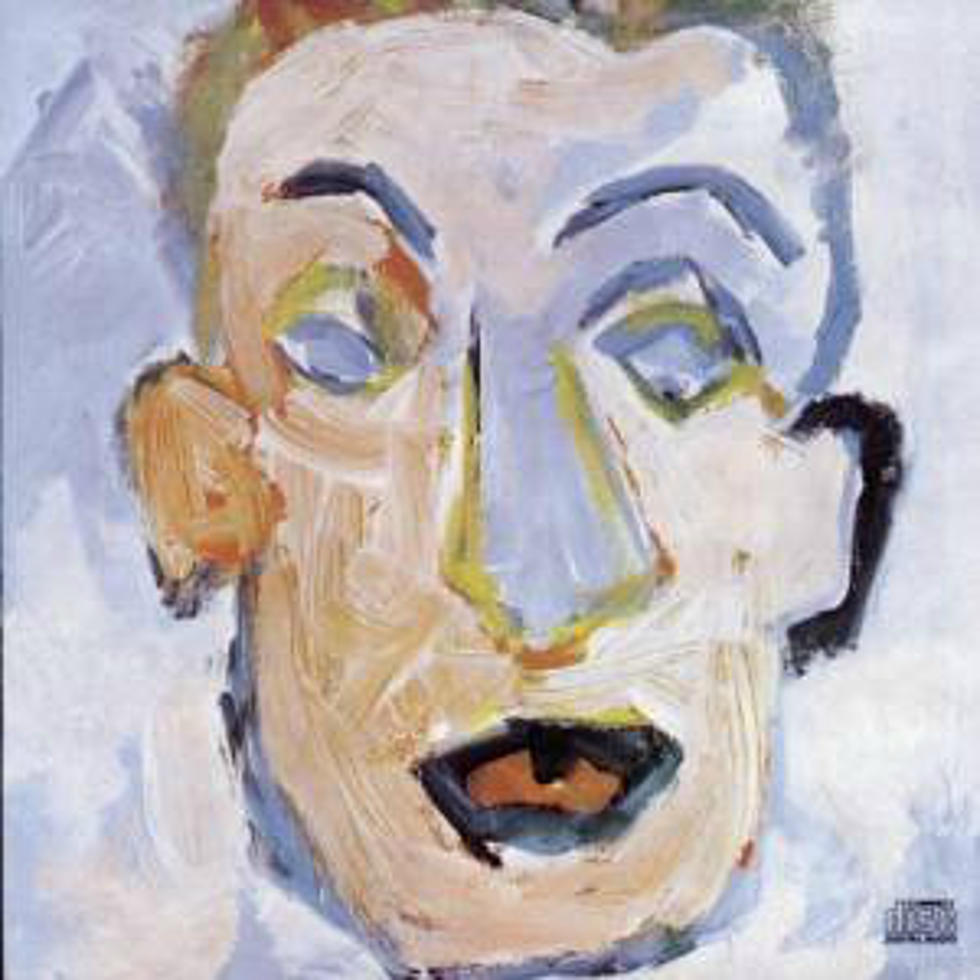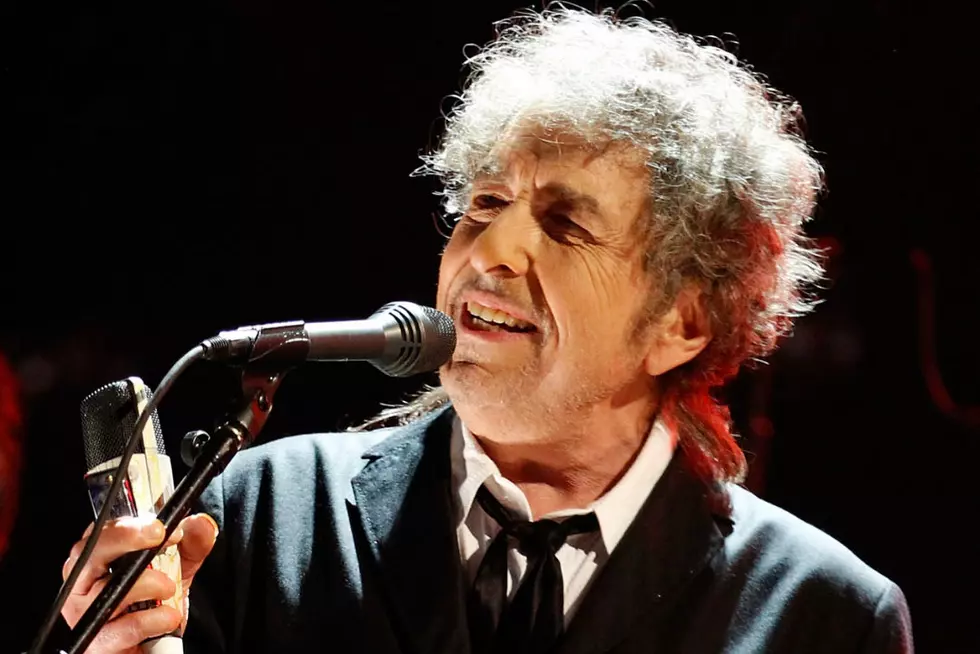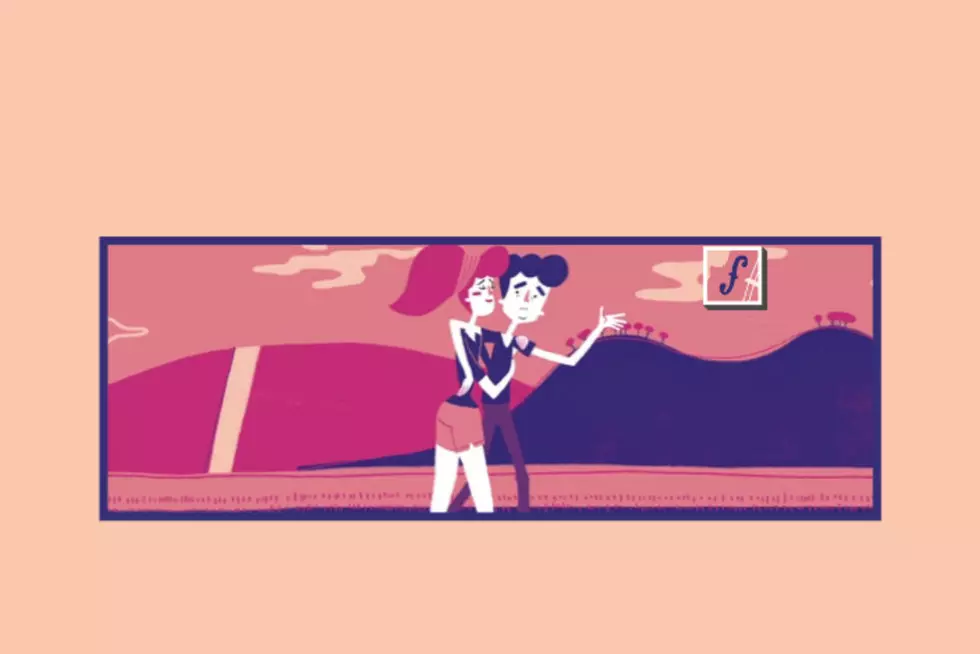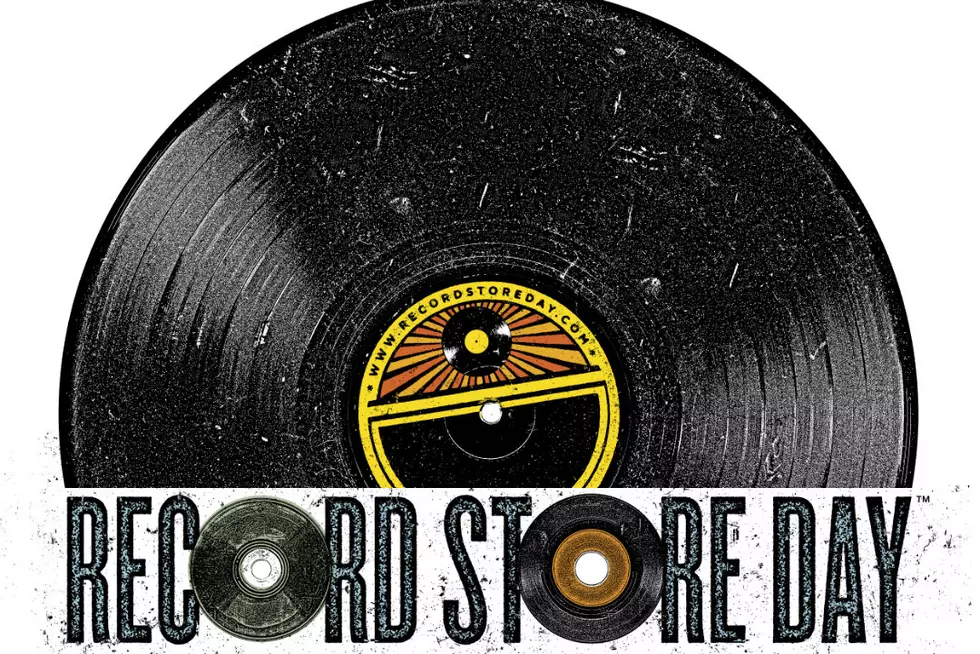
45 Years Ago: Bob Dylan Releases ‘Self Portrait’
There are two kinds of people: Those who think think Bob Dylan is a genius and those who think Bob Dylan is a genius who sounds like a braying donkey. There isn't much middle ground when it comes to Bobby Z. Even the Beatles were Dylan fans.
By the end of the '60s, Dylan was done with the adulation. He had a family by then and the "spokesman for a generation" thing hung around his neck like a rotting albatross. A July 1966 motorcycle accident offered a brief respite.
Dylan wrote in his memoir, Chonicles Volume One: "I had been in a motorcycle accident and I'd been hurt, but I recovered. Truth was that I wanted to get out of the rat race. Having children changed my life and segregated me from just about everybody and everything that was going on. Outside of my family, nothing held any real interest for me and I was seeing everything through different glasses."
The next couple of years for anyone else would be considered a career peak, but the Legend of Bob is so overwhelming that recording with the Band and Johnny Cash is considered "down time." During that period he released John Wesley Harding and Nashville Skyline but withdrew from public life, for the most part. The following May 1969 appearance on Johnny Cash's television show provided a rare glimpse to his adoring fans.
What those viewers couldn't know was that around the same time as that TV appearance, Dylan was breaking ground on what would become his tenth album, 1970's Self Portrait. His first album of the new decade was a beautiful mess sprawling across two albums, 24 songs compelling Rolling Stone critic Greil Marcus to open his review with the line "What is this sh--?"
No hard feelings, apparently: Marcus was asked to write the liner notes for 2013's Another Self Portrait, a 35 track collection of alternate takes and demos spanning the years 1969-71. Regarding the original Self Portrait, Marcus quotes Dylan's Chronicles in his liner notes:
I released one album (a double one) where I just threw everything I could think of at the wall and whatever stuck, released it, and then went back and scooped up everything that didn't stick and released that, too.
Indeed, the album must have been confusing for Dylan fans circa 1970, opening as it does with the Dylan-penned "All the Tired Horses," a song that sounds like a mix between Grecian sirens and a field holler. Dylan's voice is nowhere to be found among the hypnotic harmonies.
Marcus may have hated it, but we have the advantage of 45 years of critical distance. We've hung in there with Dylan through the '80s, his Christian period, the Traveling Wilburys, all the way up to Shadows in the Night, his recent collection of Sinatra covers. What we've learned is that Dylan is no two dimensional folkie. In Chronicles he notes his fondness for Johnny Ray, Neil Sedaka, Charlie Daniels, Lynyrd Skynyrd and Frank Sinatra, Jr. Given all of that context, something like Self Portrait's cover of "Blue Moon" doesn't strike the same "what is this sh--?" chord that it did in 1970.
In the liner notes for his 1985 Biograph box set, Dylan cites a practical rather than artistic reason for releasing Self Portrait: beat the bootleggers. He suggests that the material on the album was no more than studio warm-ups during his Nashville sessions.
To open up we'd do two or three songs, just to get things right and then we'd go on and do what we were going to do. And then there was a lot of other stuff that was just on the shelf. But I was being bootlegged at the time and a lot of stuff that was worse was appearing on bootleg records. So I just figured I'd put all this stuff together and put it out, my own bootleg record, so to speak. You know, if it actually had been a bootleg record, people probably would have sneaked around to buy it and played it for each other secretly.
Not all of the tracks are from the Nashville sessions, though. Four live songs from Dylan's August 31, 1969 performance at the Isle of Wight appear on the album, including a great read of "The Mighty Quinn (Quinn the Eskimo)."
Forty-five years later, Self Portrait may not be as essential as Highway 61 Revisited, but it's an important album nonetheless. Self Portrait captures a young man who is pushing back against market forces and unrealistic expectations, which spiritually if not aurally makes it one of the definitive albums in the Dylan discography.
More From Diffuser.fm









